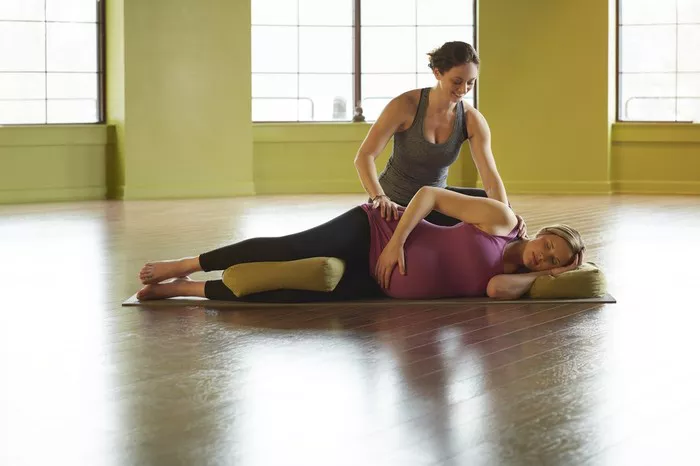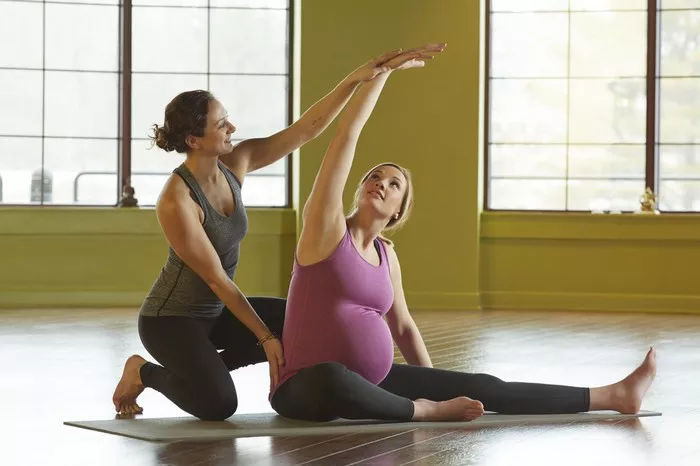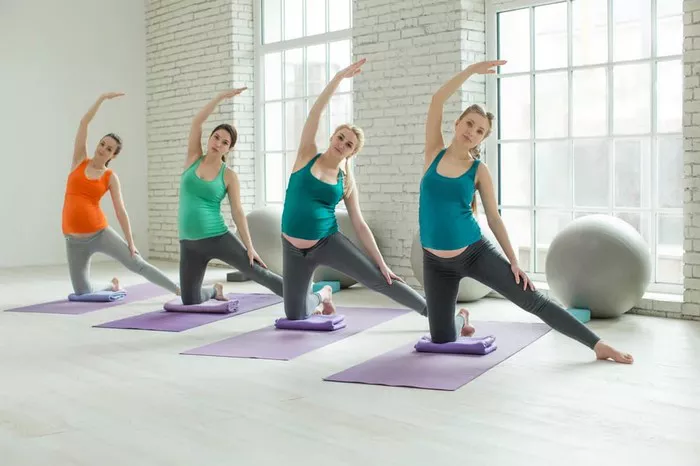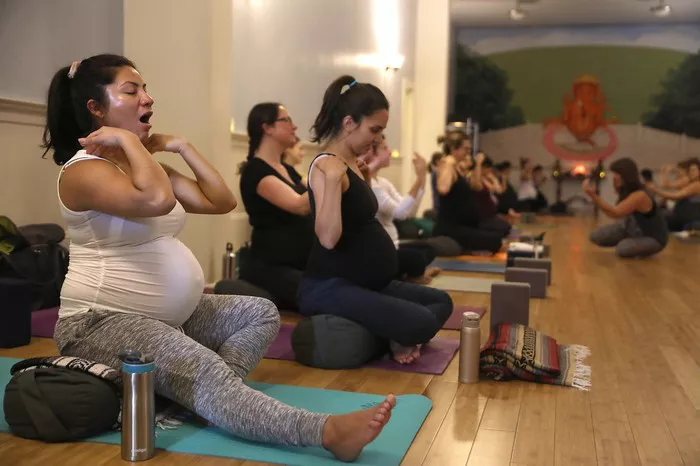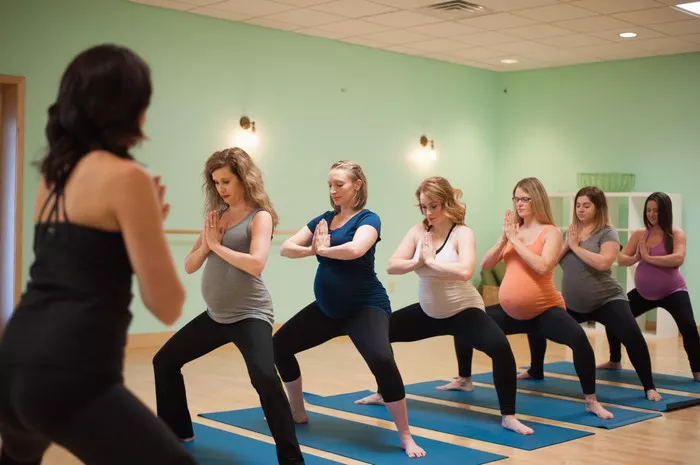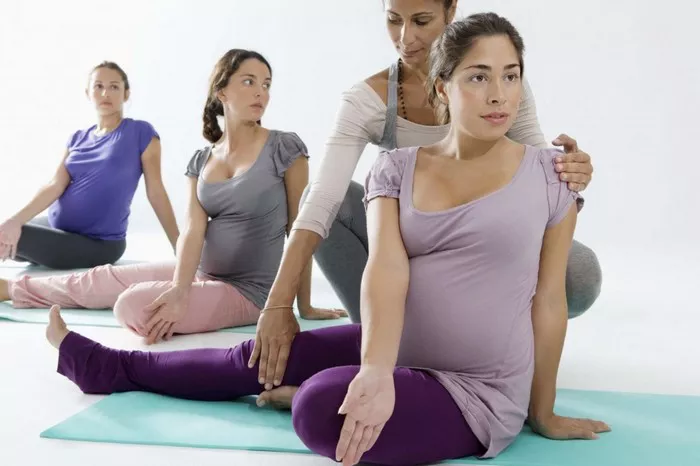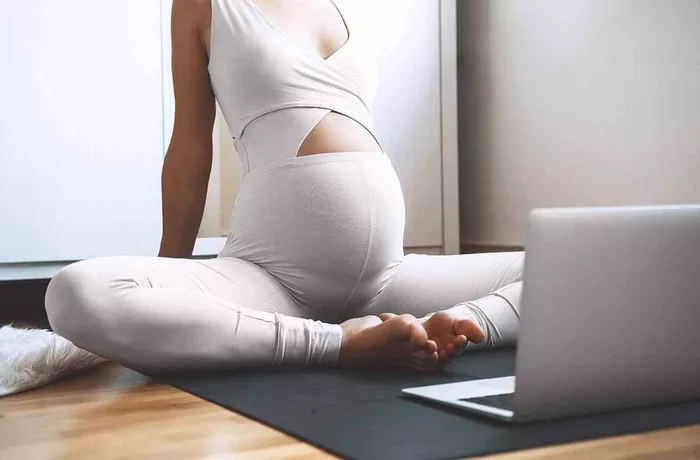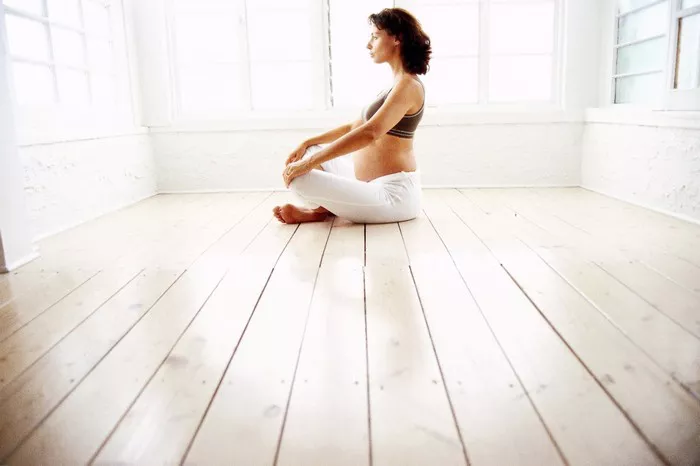Thai Yoga Massage, also known simply as Thai Massage, is an ancient healing practice that blends elements of yoga, Ayurveda, and traditional Chinese medicine. This unique form of bodywork is characterized by its dynamic and rhythmic approach, which incorporates stretching, acupressure, and meditation to promote physical and mental well-being. With its roots in Thailand, this therapeutic technique has gained popularity worldwide for its holistic benefits.
History and Origins
Roots in Ancient Healing Traditions
Thai Yoga Massage is believed to have been developed over 2,500 years ago by Jivaka Kumar Bhaccha, a physician to the Buddha. This practice combines the knowledge and techniques from Ayurvedic medicine, traditional Chinese medicine, and Thai traditional healing methods. It was passed down through generations by Buddhist monks in temples, making it deeply intertwined with spiritual and meditative practices.
Evolution and Global Spread
Originally practiced in temples and monasteries, Thai Yoga Massage began to spread outside of Thailand in the 20th century. Today, it is a well-known therapeutic technique practiced in wellness centers, spas, and yoga studios around the world. Its popularity has grown due to its comprehensive approach to healing, which addresses the body, mind, and spirit.
Principles and Techniques
The Four Divine States
Thai Yoga Massage is rooted in the concept of the “Four Divine States” (Brahmavihara), which are loving-kindness (metta), compassion (karuna), sympathetic joy (mudita), and equanimity (upekkha). These principles guide the practitioner’s approach, ensuring that the massage is given with mindfulness, respect, and a loving attitude.
Energy Lines and Points
Central to Thai Yoga Massage is the belief in energy lines, known as “Sen” lines, which are similar to the meridians in Chinese medicine. There are ten primary Sen lines in the body, and blockages in these lines are thought to cause physical and emotional ailments. The massage aims to stimulate these energy lines to release blockages and restore the body’s natural energy flow.
Techniques and Movements
Thai Yoga Massage involves a series of techniques that include acupressure, deep stretching, joint mobilization, and rhythmic compression. The practitioner uses their hands, thumbs, elbows, knees, and feet to apply pressure and guide the recipient into various yoga-like postures. This combination of techniques not only alleviates physical tension but also promotes relaxation and mental clarity.
The Role of Breath and Meditation
Breathwork and meditation are integral components of Thai Yoga Massage. Both the practitioner and the recipient are encouraged to focus on their breath, fostering a state of mindfulness and deep relaxation. This meditative aspect enhances the therapeutic effects of the massage, making it a holistic healing experience.
Benefits of Thai Yoga Massage
Physical Benefits
- Improved Flexibility: The deep stretches performed during a Thai Yoga Massage help increase flexibility and range of motion.
- Enhanced Circulation: The rhythmic compression and release techniques stimulate blood flow, promoting better circulation.
- Pain Relief: Acupressure and stretching can alleviate muscle and joint pain, making it beneficial for those with chronic pain conditions.
- Increased Energy Levels: By stimulating the Sen lines, Thai Yoga Massage helps to balance the body’s energy, resulting in increased vitality.
Mental and Emotional Benefits
- Stress Reduction: The meditative and rhythmic nature of the massage induces a state of deep relaxation, reducing stress and anxiety.
- Emotional Balance: The holistic approach of Thai Yoga Massage helps to release emotional blockages, promoting a sense of inner peace.
- Improved Mental Clarity: The focus on breath and mindfulness during the session enhances mental clarity and concentration.
Spiritual Benefits
- Mind-Body Connection: Thai Yoga Massage fosters a strong mind-body connection, encouraging self-awareness and mindfulness.
- Spiritual Well-Being: The meditative aspect of the massage can lead to a deeper sense of spiritual well-being and harmony.
The Experience of a Thai Yoga Massage Session
Preparing for the Session
A typical Thai Yoga Massage session takes place on a mat on the floor, allowing for greater freedom of movement. Both the practitioner and the recipient wear loose, comfortable clothing to facilitate the stretching and movements involved. It’s recommended to avoid eating a heavy meal before the session and to arrive with an open mind and a relaxed attitude.
The Session Process
- Initial Assessment: The session begins with a brief consultation where the practitioner assesses the recipient’s needs and any specific areas of tension or concern.
- Warm-Up: The practitioner may start with gentle rocking or rhythmic compression to warm up the body and prepare it for deeper work.
- Main Techniques: The practitioner guides the recipient through a series of stretches, compressions, and acupressure techniques, focusing on the Sen lines and specific points of tension.
- Breathwork and Meditation: Throughout the session, both the practitioner and the recipient focus on their breath, fostering a meditative state.
- Closing: The session concludes with gentle movements and a period of relaxation, allowing the recipient to integrate the effects of the massage.
Post-Session Considerations
After the session, it’s important to drink plenty of water to help flush out toxins released during the massage. Some recipients may feel a sense of lightness or increased energy, while others might experience mild soreness as the body adjusts. Taking time to rest and reflect on the experience can enhance the overall benefits.
See Also: What to Bring to Hot Yoga
Training and Certification for Practitioners
Becoming a Thai Yoga Massage Practitioner
To become a skilled Thai Yoga Massage practitioner, one must undergo extensive training that includes theoretical knowledge and practical techniques. Training programs often cover the history and philosophy of Thai Yoga Massage, anatomy, and physiology, as well as the specific techniques used in the practice.
Certification and Professional Development
Many countries have certification programs and professional associations for Thai Yoga Massage practitioners. These organizations ensure that practitioners meet high standards of practice and ethics. Continuing education is also encouraged to keep practitioners updated with the latest techniques and research in the field.
Conclusion
Thai Yoga Massage is a powerful and holistic healing practice that offers a multitude of physical, mental, and spiritual benefits. By combining acupressure, deep stretching, and mindfulness, it provides a unique therapeutic experience that promotes overall well-being. Whether you are seeking relief from physical pain, stress reduction, or a deeper connection to your body and mind, Thai Yoga Massage offers a path to holistic health and harmony. As this ancient practice continues to gain recognition and popularity, it remains a testament to the enduring wisdom of traditional healing arts.
Related topics:


